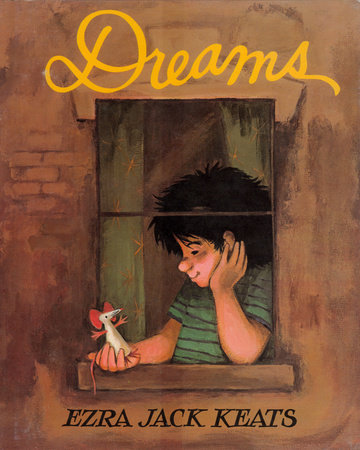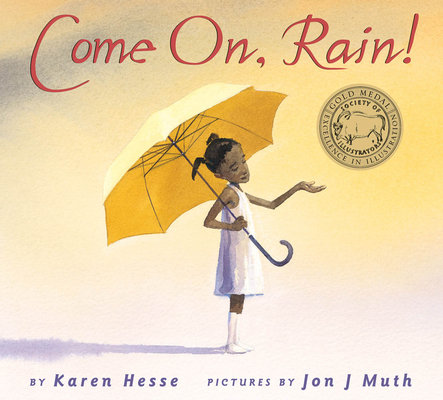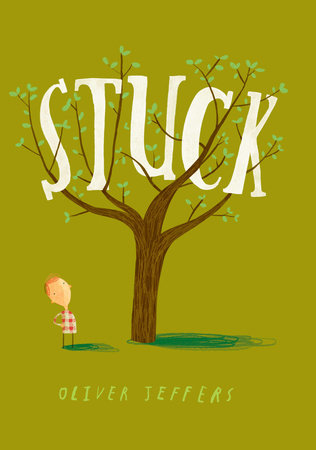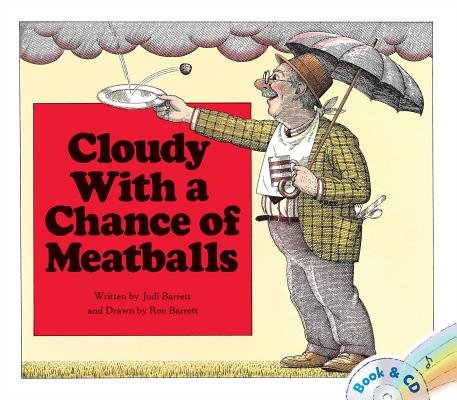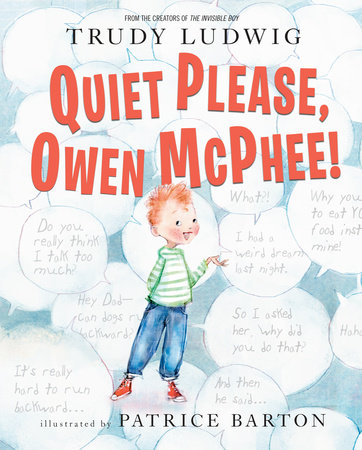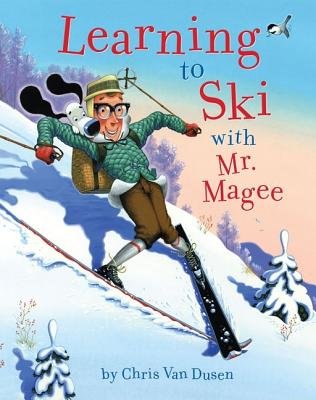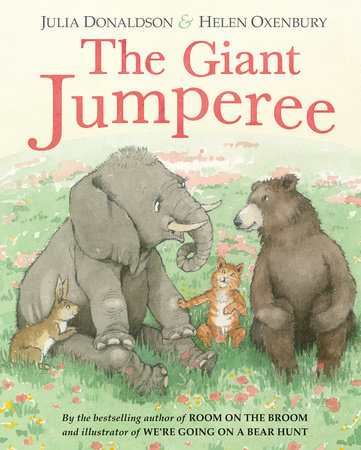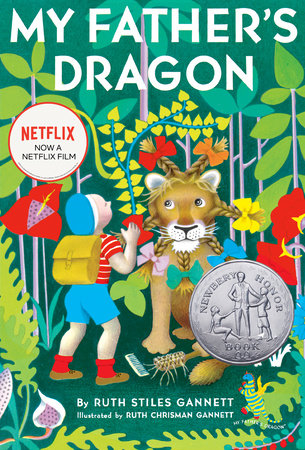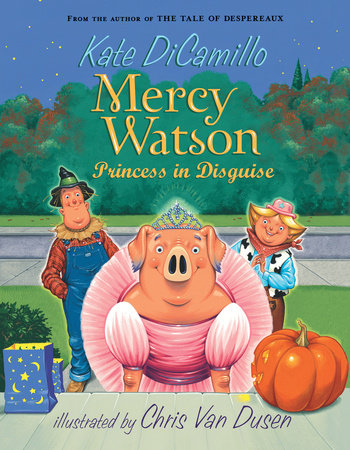10 Imaginative Scenes for Teaching Children to Visualize as They Read
by Lindsay Barrett
Picturing what’s happening in a text while reading or listening — making “brain movies,” as some experts call it — is a cornerstone of reading comprehension. Of course, creating mental images helps students hone the skills outlined in the Common Core State Standards, but visualizing an author’s words also simply makes reading more enjoyable — and memorable, too. Avid readers likely still remember scenes from the books that ignited their imaginations; for me, it’s adventures of heroines like American Girl Kirsten Larsen and pioneer Laura Ingalls Wilder (though thinking of the grasshopper plague in On the Banks of Plum Creek still makes my skin crawl).
Whether students naturally imagine as they read or need to be explicitly taught to do so, they can all benefit from structured practice. For wide appeal and ample teaching potential, consider including a study of these scenes in your lesson plans:
-
The attack of the shadow mouse in Dreams
-
Dreams
Buy from:When Roberto leaves the paper mouse he made at school on his windowsill in the opening scene of this story, he doesn’t expect that later on, its shadow will scare a threatening dog away. Stories that hinge on one memorable event can show students how visualization plays an integral part in making sense of a text.
Buy from:
-
The joyful sidewalk celebration in Come On, Rain!
-
Come On, Rain!
Buy from:Weather events are natural common ground for visualization practice. When a glorious thunderstorm finally arrives on a sweltering day in the city, Tess and her friends can’t wait to dance in their bathing suits. Hesse’s rich language is just right for unpacking as a group.
Buy from:
-
Floyd’s unexpected saw-throwing in Stuck
-
Stuck
Buy from:When Floyd’s kite gets stuck in a tree, he throws myriad items to try to knock it out. By the time he fetches a saw, we’re sure he’s going to chop the tree down in desperation, but nope — he throws the saw up there, too! Contrast students’ anticipatory mental images with how they imagine what actually happens.
Buy from:
-
The giant pancake in Cloudy With a Chance of Meatballs
-
Cloudy With a Chance of Meatballs
Buy from:It’s hard to pick just one scene in this classic tall tale (the hot dog storm at Ralph’s Roofless Restaurant is another top choice, for instance) but an enormous pancake falling on the school is ideal for sparking classroom conversation. Highlight sensory details like the sticky flood of maple syrup or the whirring rescue helicopters.
Buy from:
-
The nonstop chatter in Quiet Please, Owen McPhee!
-
Quiet Please, Owen McPhee!
Buy from:Owen McPhee simply won’t stop talking … until he gets laryngitis and temporarily can’t speak at all. That’s when Owen begins to realize that listening to the people around him is very important too. The beginning of the book is filled with speech bubbles that represent Owen’s nonstop chatter, helping readers to visualize what he’s saying and how he’s saying it.
Buy from:
-
Mr. Magee’s near fall into the ravine in Learning to Ski with Mr. Magee
-
Learning to Ski with Mr. Magee
Buy from:The situations Chris Van Dusen cleverly describes in rhyme offer unique visualization practice opportunities. Mr. Magee manages to slide on his back through the legs of a moose, snag his ski tips on a fallen tree, and catapult himself over the edge of a ravine. He doesn’t fall in, though, because his skis catch hold while he dangles below. Zany events like these invite students to imagine, “What is happening at this part?!”
Buy from:
-
The not-so-menacing burrow-dweller in The Giant Jumperee
-
The Giant Jumperee
Buy from:A crew of animals can’t figure out what has taken up residence in Rabbit’s burrow. When they approach the burrow, the creature shouts out a warning (“I’m the GIANT JUMPEREE and I’m taller than a tree!”). Encourage students to interpret the animals’ expressions and imagine their reactions to the big, chuckle-worthy reveal at the end of the book, when they discover the small, not-so-menacing frog who was yelling from the burrow all along.
Buy from:
-
My Father’s Dragon
Buy from:Here’s another title where it’s hard to pick just one favorite scene. Thank goodness Elmer still has lollipops and rubber bands left by the time he reaches his last obstacle before rescuing the baby dragon. Students can’t appreciate Elmer’s ingenuity unless they visualize how he attaches a lollipop to each crocodile’s tail to entice them into lining up so he can cross the river on their backs.
Buy from:
-
The trick-or-treat chase in Mercy Watson: Princess in Disguise
-
Mercy Watson: Princess in Disguise
Buy from:Practicing visualization with a scene that’s just plain funny is always a good bet, and the Mercy Watson series offers endless options. In this Halloween installment, costumed pig Mercy chases the Lincoln sisters’ cat, launching a chaotic neighborhood romp. Compare mental images as a class and relish every hilarious detail.
Buy from:
-
James’s first journey inside the giant peach in James and Giant Peach
-
James and the Giant Peach
Buy from:I still remember when my second grade teacher read aloud this scene where James crawls into the peach and meets its larger-than-life insect residents. Practicing visualizing scenarios that are utterly unrealistic, yet lavishly described so they feel real, draws students into the powerful possibilities of reading.
Buy from:
What are your favorite scenes from kid lit for teaching students to visualize as they read? Share your suggestions in the comment section below!
If you’re looking for more book picks, reading tips, and educator resources for your classroom or library, make sure to check out our Teach Brightly page!

